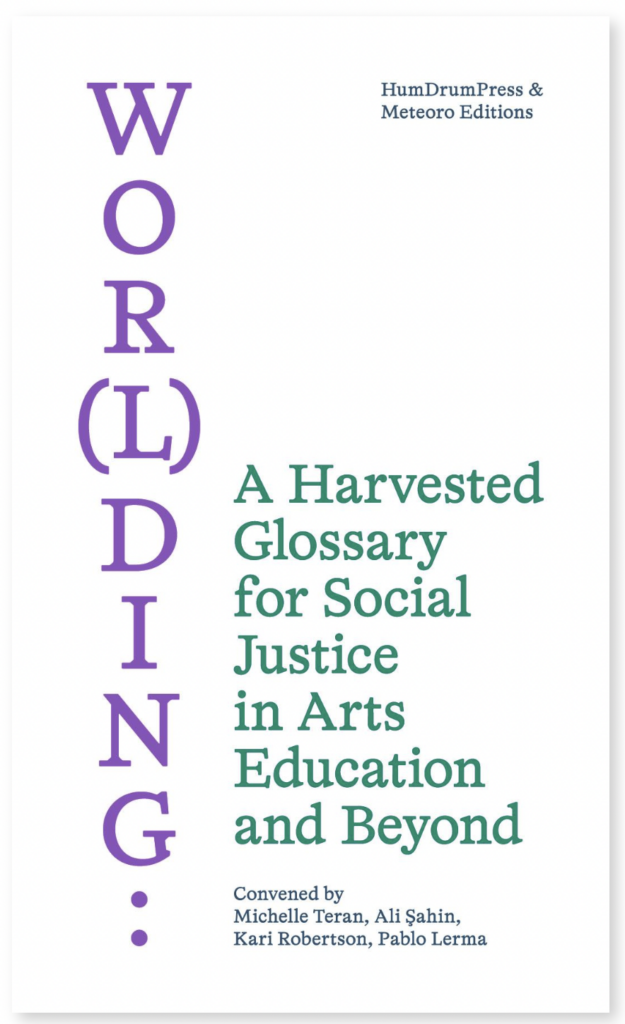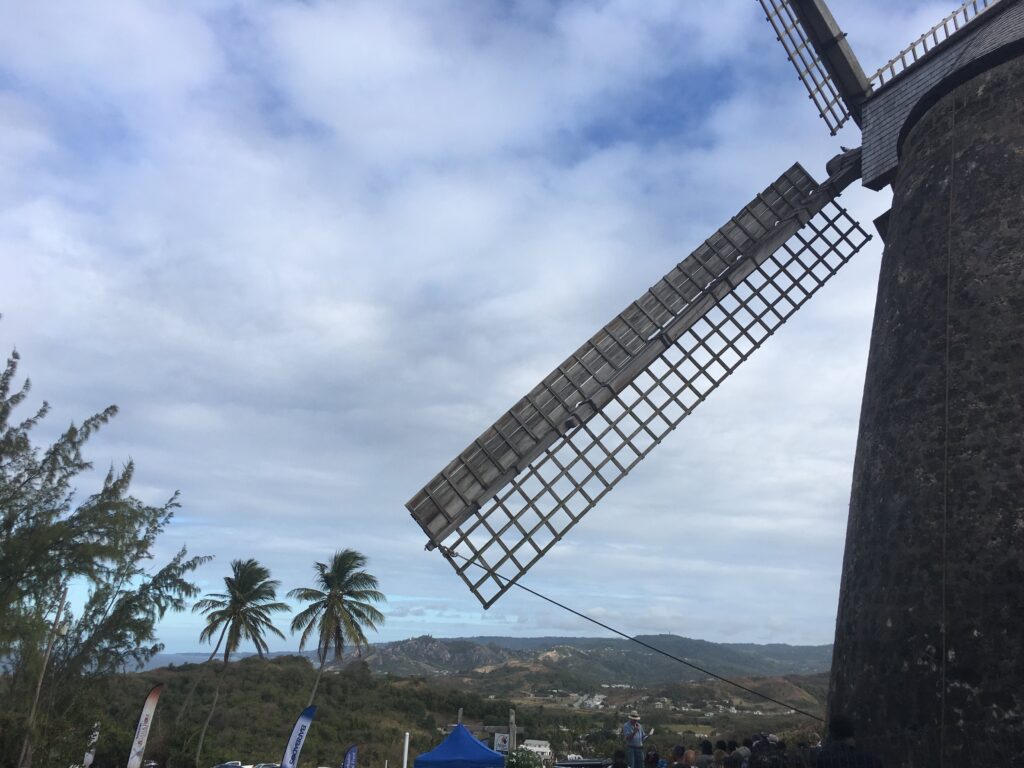Project details
| Researchers |
|
| Project Leader |
|
| Affiliated activities |
Based on on-going praxis (which is the union of theory and practice) at BAK, basis voor actuele kunst; previously instituted research at Social Practices; and a (para)curricular program in-between these and other territories.
The goal of this research project is to create a portal through which knowledge and resources and humans can do what they need to do—circulate and regenerate through connection—between borders of institutions/communities that are already entangled, that need each other to fulfill the promises they make to their constituencies. They are enmeshed through many, many things, but perhaps what most applies to this research is a fundamental common purpose: the creation of cultural work and discourse and, through it, experiences and knowledge that are meaningful to a body politic. Or body public. The traditional models of these institutions follow a divisory un-logic. Despite having a common purpose, sharing knowledge watersheds, catering (or claiming to cater) to the same communities, and drinking from similar funding sources, really cross-territorial collaboration is rarely carried out. They meet at tangent points, itinerant or tactical or temporary.
As curator of Civic Praxis at BAK, the task at hand is to cross-port my work as WdKA teacher and research fellow (and formerly Program Head at Social Practices) into the innards of another institution. And vice-versa. It is to expand fissures, promote leakage, and activate portals that do not yet exist between edifices that want to but do not yet know how to be of mutual service to each other.
Carrying a deep understanding of what an educational institution such as WdKA needs in order to platform the work of its staff and student body to the larger public, to be embedded within BAK is a prototype in itself of how cross-institutional collaboration can be maximized. To be physically/figuratively situated in-between a sort of entry point (tertiary studies) and a sort of destination point (a high profile cultural institution) for students—who apply to study so that they may become actors in a cultural sphere—has clear advantages. Staff as well use work at educational institutions to sustain and enrich their personal practice (in the most optimistic of cases), which is boosted by being counted in the exhibitionary (and economic) programs at cultural institutions. Which makes it quite useful to have a not-so-secret agent from the school in a position to leverage resources, network, knowledge pools, and visibility from a place such as BAK, which is unique as a structure because it is itself a hydra-headed affair, receiving both Presentatie Instelling (Exhibition Setting) and Post Academie (Post Academic) funding from the Dutch government. BAK was the first large scale cultural institution in the Netherlands to architect this multiple-funding-source strategy, which in turn requires it to cleave towards a certain set of deliverables. Meaning, in practical terms, that the security of its funding requires it to foment mutually beneficial relationships with-in-and-between educational institution(s) that go beyond legalese on memorandum of understandings or visitor numbers on a spreadsheet.
RESEARCH TOYBOX
In my 3 and a half years as program head (a.k.a. coordinator) of Social Practices, eye have conceived of this administrative and pedagogical work as a natural extension of my personal practice. From 8 years of previous cultural work with postcolonial communities in, removed from, and adjacent to centra-colonial worlds of art and design—5 years of which were intertwined with the publishing of grey literature—eye carried with into WdKA a sample set of research interests (and methodologies) that were patent in my job application: radical tenderness, repeat tacticality, contemporary vernaculars, horror vacuism (aggressive marginalia), and deep hanging out. Eye often re-read that job application to see whether, indeed, eye managed to deliver on the things that eye had recklessly promised. We can talk more about how and why eye feel like eye held true to course, much to my surprise. These sporified, through my personal practice and during my time at Social Practices (and PZI XPUB and Sandberg Institute) into secretarial agency; the fleshy nature of the body public (bodied as opposed to embodied knowledge); cultural remittance; grey literature; channeling, rumination, and orality; and now—via the invitation to work at BAK as a project creature of Social Practices advisory board member, Jeanne van Heeswijk—the idea of institution(s) as portal(s) to the not-yet. All of these previously carried and newly packed facets of my work have been indebted to the influence, uncountable and deep, of my colleagues. Many of whom have grown into friends. Most of whom have, in one way or another, passed through the plasma of WdKA.
Eye cannot promise that this research will solve all the problems that transdisciplinarity poses for WdKA and address all the footnotes in this application form—healing the Middle Earth rifts between majors and practices; liquifying the social-autonomous-commercial matrix like Keanu Reeves; getting all students, teachers, lectors, PhDers and postdoccers to sing research kumbaya together; attracting juicy funding with grant-friendly honeypots; alchemizing one day of research into onderwijsaanboden, position papers, and masters programs that smell heavenly, like freshly baked pedagogical bread. What I can say for sure is that, for better or worse, I cannot separate my work from my sense of self, and my sense of self is to some extent constructed with others, with whom eye prefer to nest close-like. Eye know no other way than to work by building and bridging community in repeat-tactical circularity, so any work that I do will involve, de facto, students, alumni, teachers, PhD candidates eye have already built relation-ships (or vessels) with over the years lived in Rotterdam.
STRATEGIC, AFFIRMATIVE NEPOTISM
Building upon Gayatri Chakravorti Spivak’s idea of strategic essentialism and the widespread diversity practice of affirmative action—whereby marginalized communities capitalize upon their cultural background, race, gender, etc. in order to gain strategic advantage in marketplaces and agoras that would otherwise be exclude them… eye propose, based on experience in re-staffing the department at Social Practices, to (as usual) work within a diverse and international network of friends and collaborators, smuggling them onto the proverbial ship and giving them passage under-through-despite-inallyshipwith the same-old-same-old.
Nepotism and cronyism is damaging when it privileges the canonical same-old-same-old, and it survives best in structures of exclusion. In this day and age, public institutions are usually crypto-nepotistic, claiming to


